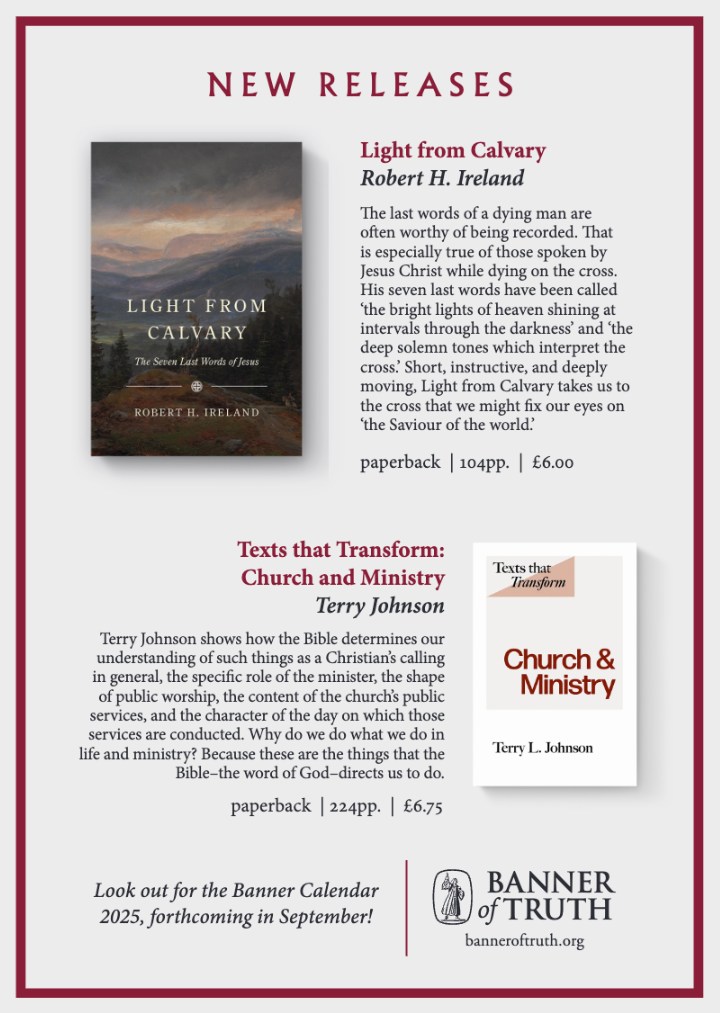The Missionary Spotlight articles this month focus on slavery today. It is exactly 200 years since England abolished the ‘triangular slave trade’ between England, West Africa and the West Indies – yet slavery (in various forms) remains a heart-rending scourge that still blights many areas of the world. Our articles cannot be exhaustive but will give readers an insight into this problem and its concern to Christians today.
India’s exploited children
Despite the stringent provisions of the Immoral Traffic Prevention Act, it is estimated that there are over five million child sex workers in India – and this figure is rising annually by 8-10%.
According to a survey conducted by National Government Organisations in Mumbai, up to 35% of India’s sex workers are children, and the age of sex workers is constantly reducing. India’s child trafficking industry is believed to be the second largest in the world.
Kalyan-based Childline Mumbai, one of India’s first telephone helpline services, receives thousands of calls each month from children in distress, of which about 5% relate to sexual abuse. Sexual crimes against children are common, especially where child pornography is popularised through the Internet.
Child labour
There are also other forms of slavery. It is claimed that at least 200,000 boys and girls work relentlessly from morning to night in iron-ore quarries. Typically, on a half-acre plot of land leased by a contractor, there are eight households with 15 adults and 25 children.
Three such children – five- to six-year-olds Gangamma, Ishwaramma and Shekamma – spend between six and eight hours a day hammering through heaps of iron-bearing rock to build up their pile of iron ore ‘lumps’.
The size of the pile at the end of the day, and the number of basins they fill, will determine how much their families earn. They are not the only ones. Little three-year-old Ramesh carries a basin filled with iron-ore lumps on his head – this early induction into mining being part of his exploited childhood. His load is lighter than the 15 kg that all the other children carry up and down on hurting backs and heads.
Not child’s play
These are not ordinary jobs. Sitting hunched over hot ferrous ore, chipping away steadily at the rock with a hammer, is not ‘child’s play’.
At its safest, it is painful for the shoulders, back, wrists and arms, while little hands become covered in bruises and blisters. At its most hazardous, it can cause severe injuries and even death – when heavy stones fall or the hammer in weary hands misses aim.
Most of the children belong to families of migrant labourers. They know no rest, no play, no learning – nothing but the grim grind of a joyless existence. The whole busy mining industry in which they work is dependent on the enslaved lives of these little children, who are quite literally at the bottom of the pile.
The state of Karnataka is not the only mining region accused of using child labour in India. Large numbers of children are said to work in the mines of Andhra Pradesh, Rajasthan, Tamil Nadu, Orissa and Jharkhand.







